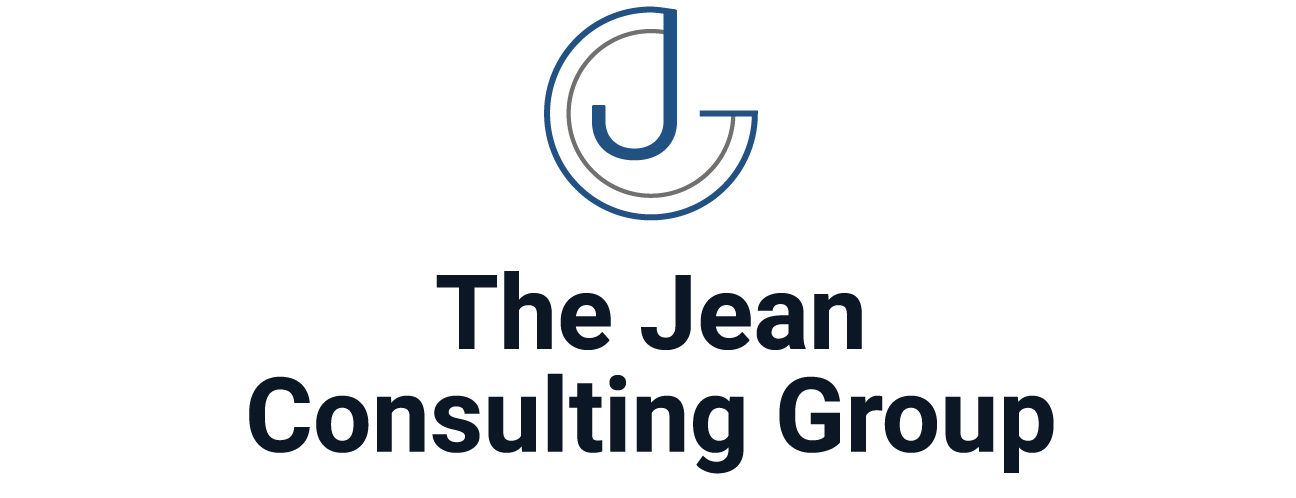In the fast-evolving business landscape, the strategic importance of succession planning cannot be overstated. Ensuring the continuity of leadership and critical roles is essential for organizational resilience and long-term success. Workforce management solutions equipped with succession planning tools provide a comprehensive approach to identifying, developing, and transitioning talent to fill key positions. This article delves into the transformative impact of succession planning tools within workforce management solutions, highlighting their benefits, key features, and their role in fostering a sustainable leadership pipeline.
Understanding the Need for Succession Planning
Succession planning is a proactive process designed to identify and prepare future leaders and key personnel within an organization. It involves more than just replacement planning; it’s about ensuring a seamless transition of roles, preserving institutional knowledge, and minimizing disruptions to business operations. In today’s dynamic business environment, where changes can be rapid and unexpected, having a robust succession plan is not a luxury but a necessity.
Key Features of Succession Planning Tools
Effective workforce management solutions with succession planning capabilities offer several key features to support the strategic development of talent within an organization:
- Talent Identification and Assessment: Tools that help identify potential successors based on performance, competencies, and career aspirations. Assessments can include evaluations of skills, leadership potential, and other critical factors necessary for success in key roles.
- Development Plans: Customizable development plans for identified successors, including targeted training, mentorship opportunities, and stretch assignments designed to prepare them for future roles.
- Career Pathing: Visualization and planning features that allow employees to understand potential career paths within the organization and what is required to achieve their career goals, aligning individual aspirations with organizational needs.
- Analytics and Reporting: Advanced analytics capabilities to track the progress of succession plans, assess the readiness of potential successors, and identify any gaps in the talent pipeline.
- Integration with HR Systems: Seamless integration with other HR systems (such as performance management, learning and development, and talent management) to provide a holistic view of employee data and facilitate comprehensive succession planning.
Benefits of Implementing Succession Planning Tools
Incorporating succession planning tools into workforce management solutions offers numerous benefits for organizations:
- Ensures Business Continuity: By identifying and preparing successors for key roles, organizations can mitigate the risks associated with unexpected departures, ensuring continuity in leadership and critical functions.
- Enhances Talent Retention: Demonstrating a clear path for career progression and investing in employee development can significantly enhance talent retention, especially among high-potential employees.
- Supports Strategic Workforce Planning: Succession planning tools enable organizations to align their talent development efforts with long-term business strategies, ensuring the right talent is in place to meet future challenges.
- Fosters a Strong Organizational Culture: The process of succession planning emphasizes the value placed on growth, development, and leadership continuity, contributing to a positive and forward-thinking organizational culture.
Challenges in Succession Planning
While the benefits are clear, implementing an effective succession planning process can present challenges, including overcoming resistance to change, ensuring objectivity in the identification and assessment of potential successors, and maintaining the flexibility to adapt plans as business needs evolve. Overcoming these challenges requires a commitment to transparency, fairness, and ongoing communication within the organization.
Conclusion
Workforce management solutions with integrated succession planning tools offer a strategic advantage in preparing for the future. By identifying, developing, and preparing talent for key roles, organizations can ensure leadership continuity, support strategic goals, and foster a culture of development and growth. As businesses face an increasingly complex and unpredictable future, the ability to plan for succession becomes not just a strategic initiative but a critical component of organizational resilience and success.




